Yesterday (August 19), 221 km of 7 component projects of the North-South expressway in the East phase 2021-2025 were officially completed, gradually approaching the historic milestone of completing the 3,000 km expressway connecting from North to South by the end of this year.
2025 marks an important milestone in completing the entire 3,000 km long North-South expressway in the east.
Photo: Nam Long
Speeding on 4-lane highways with cars running at hundreds of kilometers per hour, few people can imagine that 80 years ago, the North-South strip of country was only connected by trails with almost no vehicles, mostly just people walking day after day, month after month.
From the dream of "our road is 8 meters wide"…
From the North to the South to join the fight in 1966, Dr. Nguyen Huu Nguyen, a member of the Vietnam Urban Planning and Development Association, still remembers clearly the days of marching along the Truong Son route. After 21 years of resistance against the US, the North-South railway was paralyzed, only being able to take the train from Phu Tho to Thanh Hoa, then having to walk along the Truong Son route to the West, the Southeast, until exactly April 30, 1975 to reach Ho Chi Minh City. But the Truong Son route at that time was just a trail, each section had not yet been connected, so it was only on foot.
The first means of transport connecting the North and the South that Mr. Nguyen Huu Nguyen witnessed was the plane. On the morning of May 1, 1975, his regiment's jeep convoy arrived at Tan Son Nhat airport, at the same time the IL18 plane landed and parked on the runway. At that time, the flight crew did not have a place to rest at the terminal, so they stood right next to the plane. After a while of chatting and asking questions, the pilot offered to help him deliver a letter to his family in Hanoi , on the flight to Gia Lam in just 2 hours.
The Ho Chi Minh Trail in the past
Photo: TL
"At that time, I didn't even have a blank sheet of paper in my pocket, so I had to rush to the train station to find an old calendar, quickly write a few lines to inform that my child had arrived in Saigon, then fold it into an envelope and send it to the pilot. Later, I heard my father tell me that the next morning, a young girl came to my house on Tue Tinh Street, knocked on the door and sent a letter. People had to walk for months or years to get there, while the letter would only take a few hours to reach Hanoi by plane. At that time, who could imagine drinking coffee in Hanoi in the morning and eating broken rice in Saigon at noon? The two parts of the country seemed to be only a few kilometers apart," Dr. Nguyen Huu Nguyen recalled.
Right after the country's reunification, in September 1975, Dr. Nguyen Huu Nguyen was honored to be in the first group of cadres to follow the Regiment back to Hanoi. At that time, there was no long-distance bus from North to South, so they had to follow the coastal trail across the 17th Parallel. The whole group had to sit on a hot, cramped bus, "cramming" 40-50 people from Ho Chi Minh City to Da Nang, then transfer to a pickup truck sitting in the back of the truck, the dirt road was small, bumpy, and the people kept bouncing back and forth in the back of the truck. On both sides of the road, the scenery was desolate, there were no houses, the trees on both sides leaned against the truck, occasionally cutting into the head and neck. The bus reached Vinh before the group could take the train to Gia Lam. Only 300 km but it took 1 day and 1 night.
"After peace, the railway industry immediately restored the tracks and bridges. Just over a year later, on the evening of December 31, 1976, the Reunification train TN1 departed from Gia Lam station to Ho Chi Minh City, marking the connection of the entire North-South railway line. The train only had seats, running at about 20-30 km/hour, so it took 5 days to arrive. However, that was the dream of millions of people at that time," Dr. Nguyen recalled.
Quoting the poem "Our road is 8 meters wide" by To Huu, which later made many people laugh, saying that an 8 meter road is too wide to walk on, but it is said to be wide and spacious, he said that only soldiers marching along the length of the country at that time could understand that 8 meter wide roads were already a dream.
"That's about passengers, as for goods, we often read the poem "Where are the lieutenants going - Upside down backpacks on the North-South trains" to recreate the image of young men from the North going to the South to get goods to sell by taking the train, walking, carrying an empty backpack upside down for convenience. Then they go to Ben Thanh market, to residential areas with lots of goods and fabrics, put them in backpacks to bring back to sell. The circulation of goods is only "running on rice" like that.
Also a "living witness" of the 80-year journey of defending and building the country, engineer Vu Duc Thang - a planning and road expert, cannot forget the period when the country was still poor. The delta from North to South had many rivers. Every 30 km there was a large river, dividing traffic into many short sections, making travel very difficult and miserable.
"There was a lack of roads, so people mostly walked. It took the army and officers two months to march from North to South. On the plains, they could travel at most 40 km a day, but in the rugged mountainous areas, they could only travel 20-25 km a day. When they first regained power, the highest delegation of the Government took two days to travel from Thanh Hoa to Hue, and in some sections, they had to rely on people to carry their vehicles through the swamps. Our country's sea route stretches along the length of the country but is even more difficult, with big waves and strong winds. It took several months to travel from South to North," said engineer Vu Duc Thang.
After the National Day in 1945, the roads had not been restored much when the war broke out again, connecting the North and the South continued by marching through the Truong Son road through the wild forests and poisonous waters, lasting for months. When peace came in 1975, the country focused on restoring the road system but it was very difficult. Due to lack of funds, not many roads could be built, the roads were full of potholes, the bridges were dilapidated, and the pavement had to be walked. It was not until 1992, after the country entered a new phase, that a series of campaigns to restore the road network were deployed. The first campaign was to eliminate pontoon bridges and ferries on Highway 1, and to build bridges across large rivers from North to South. In 1998, the Ranh River Bridge was the last ferry to be eliminated on the route from Hanoi to Saigon. Next, the Ho Chi Minh Trail was built, a parallel road to the mountainous region, connecting from North to South. Along with that is the program of building rural bridges and culverts, bringing cars to the communes, opening a movement of the whole people donating land, strength, labor, and money to build bridges and open roads.
Great achievements
The North has many rivers and canals, the South has the Mekong Delta with all its canals. Therefore, the two programs of eliminating pontoon bridges, ferries and connecting roads to villages and communes were great victories. From then on, cars could travel from north to south more easily. The railway tried to reduce the travel time from 72 hours to 60 hours, 50 hours and now only about 30 hours. These were great achievements, great victories for our people and our country in the post-renovation period.
Dr. Vu Duc Thang
…morning Hanoi coffee, noon Saigon broken rice
Most of the historical witnesses, who witnessed the country's renewal through each period, but most of the people we met affirmed that the country connecting the North and South today is something no one could have imagined. Today, millions of people can travel from South to North, from North to South in one day to witness the country's historical moment by road, rail, air, water...
In contrast, more than two decades ago, December 16, 2004 marked an important milestone for the Vietnamese transport industry when the first route of the North-South expressway system, Ho Chi Minh City - Trung Luong, was officially started. This route has 40 km of expressway connecting
Ho Chi Minh City with Long An and Tien Giang provinces is the first step in the journey of digging tunnels through mountains, cutting through forests, crossing streams... to build an expressway connecting the North and South. From Ho Chi Minh City to Nha Trang used to take 9-10 hours, now it only takes 5 hours; from Hanoi to Nghe An used to take 4-5 hours by car, now with the expressway connected, people only need to travel more than 3 hours... Just like that, wherever the expressway connects, the North and South are closer.
As of today, Vietnam has connected nearly 2,500 km of 4-lane and 6-lane highways, preparing to upgrade to 8-lane and 10-lane highways from North to South, confidently completing the goal of completing 3,000 km of highways from now until the end of the year - a task that is considered extremely challenging.
For engineer Vu Duc Thang, the great achievement of connecting the national highway, later the North - South expressway, is not only in length and height but also in outstanding technology. The expressway system represents a great effort of the country, not only requiring potential but also requiring a very high level of science and technology, and must have separate research topics suitable for each terrain, climate and soil conditions of Vietnam.
Even though he is an industry insider, witnessing our country's highways crossing rivers, streams, cutting through mountains, through forests, with sections such as Tam Diep, La Son, Tuy Loan, Cam Ranh, Khanh Hoa being very beautiful, Dr. Vu Duc Thang when speaking to us still could not hide his pride. Along with the highway, the North - South train is increasingly being refurbished, with some sections becoming unique tourism products in the world. The railway industry is also preparing to enter a historic period when starting the high-speed railway connecting the two regions, taking only 5 - 6 hours by train. Aviation is developing strongly, Hanoi - Ho Chi Minh City planes regularly carry tens of thousands of people every hour. On the 30.4 holiday, people from the North fly to the South to cheer; on the upcoming 2.9 holiday, people from the South flock to the North.
"Coffee in the morning in Hanoi and broken rice in the afternoon in Saigon are no longer dreams. It is a reality. Vietnam is facing a huge administrative and apparatus revolution. Along with the foundations of technical infrastructure and human resources that the transport sector has achieved, with just effort, struggle, and determination, I believe that new people and the new generation will master all new technologies, connect the expressways further, wider, and faster; conquer the century-old North-South high-speed railway project, so that the country can be connected closer and closer", engineer Vu Duc Thang hopes.
An arduous but proud journey
On the day of reading the Declaration of Independence, Uncle Ho once said that in 50 years, our transportation system would be as good as it was in 10 days. In fact, we have done many times more than that. This is an arduous but proud journey, a great credit to the transportation industry and the strong leadership of the Party, the Government and all our people.
Dr. Nguyen Huu Nguyen
Thanhnien.vn
Source: https://thanhnien.vn/viet-nam-mot-dai-non-song-185250819223947017.htm


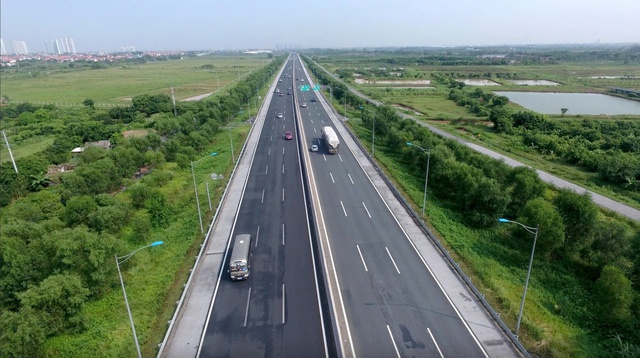
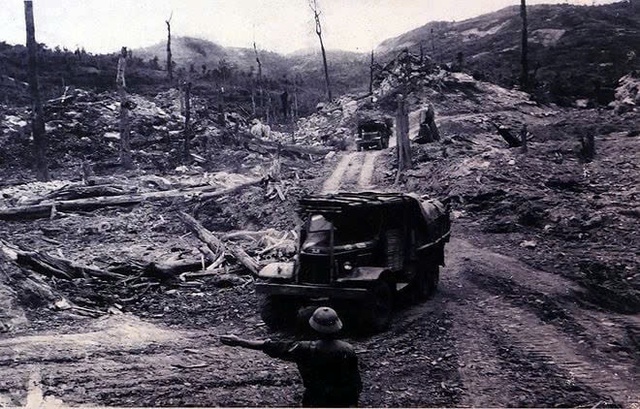

![[Photo] President of the Cuban National Assembly visits President Ho Chi Minh's Mausoleum](https://vphoto.vietnam.vn/thumb/1200x675/vietnam/resource/IMAGE/2025/10/1/39f1142310fc4dae9e3de4fcc9ac2ed0)


![[Photo] Hanoi morning of October 1: Prolonged flooding, people wade to work](https://vphoto.vietnam.vn/thumb/1200x675/vietnam/resource/IMAGE/2025/10/1/189be28938e3493fa26b2938efa2059e)

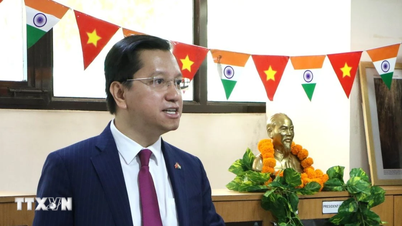




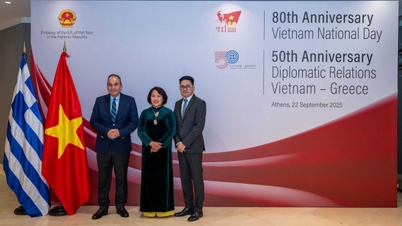

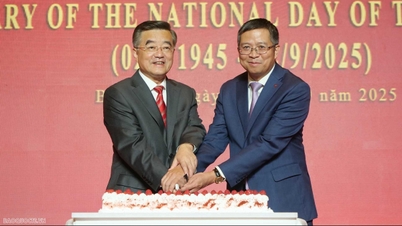




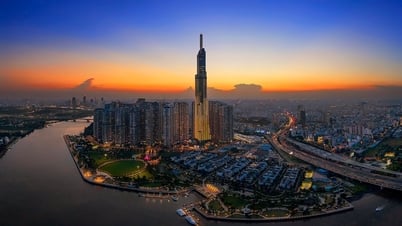

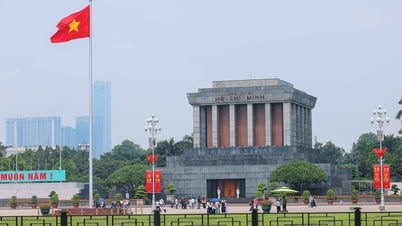
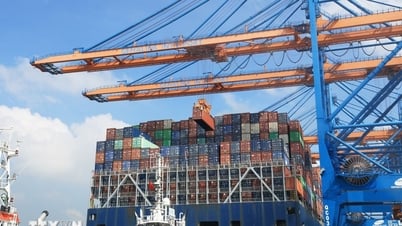








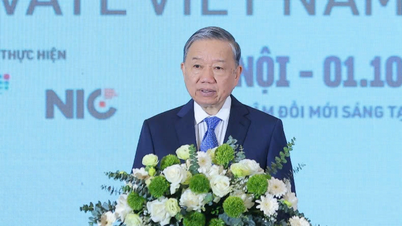







































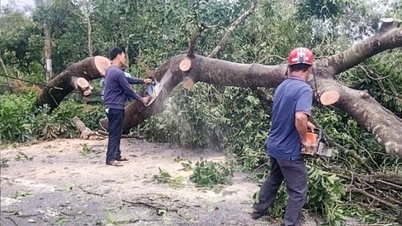

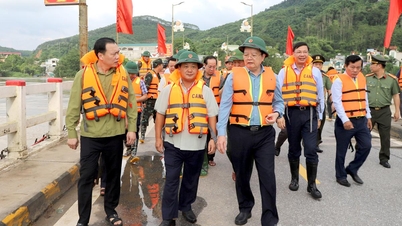



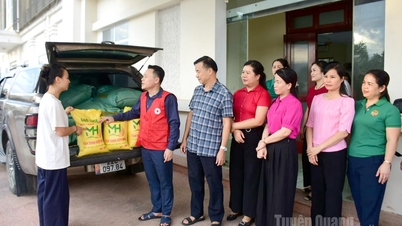
















Comment (0)